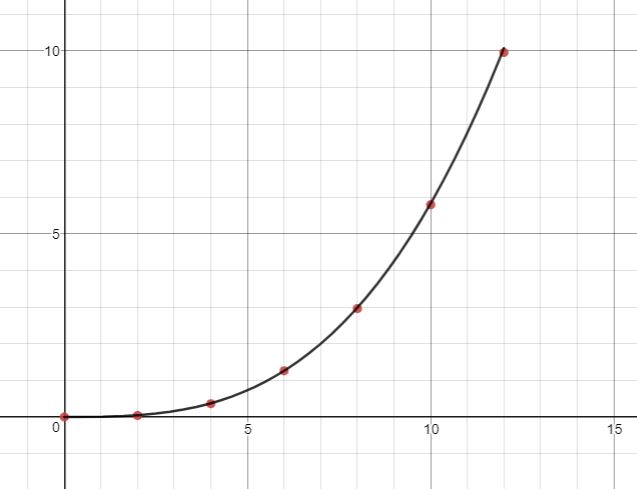I find this sort of thing becomes much more intuitive if you can think of an analogy in terms of water. In this case, we can think of it like this:

Here we have water flowing through a hole in a bath tub, into another tub underneath. The stick figure has been given the task of keeping the water level constant, by lifting water back up into the top tub using a bucket.
Water plays the role of charge in this analogy, so a rate of water flow is analogous to electrical current. In this situation the water flows through a small hole, which represents the resistor. A small hole tends to resist the flow of water, so it's analogous to a high resistance. A large hole would represent a low resistance.
If the stick figure lifts $m\:\mathrm{kg}$ of water in her bucket, she must do an amount of work equal to $mgh$. If she lifts $I\:\mathrm{kg/s}$ then she must expend power at a rate $P=Igh$ Watts. If we compare this to $P=IV$ we can see that the height difference between the two tubs (multiplied by $g$) plays the role of $V$ in this analogy, and by maintaining the height difference, the stick figure plays the role of the voltage source.
Now we have everything we need to see intuitively that the power must increase as $R$ decreases. First imagine that the hole in the top tub is very small, so that the water just drips gently through it. This represents a large resistor, and you can imagine that the stick figure doesn't have to do a lot of work to keep the water level constant, because the water is being drained very slowly.
However, if you make the hole bigger then the flow rate of water will increase, and now the stick figure will have to work harder to keep lifting buckets of water to counter it. The bigger the hole (i.e. the lower the resistance), the faster the flow, so the more buckets of water she has to lift per second to maintain the water level, which means she has to spend more power to do it. Hopefully in this analogy you can see that the low resistance doesn't cancel out the faster current. Instead the faster flow is caused by the low resistance. The power itself doesn't directly depend on the resistance, but only on the voltage (or height difference) and current (or rate of water flow).
I've calculated the power that the voltage source (stick figure) puts into the system, rather than the power dissipated by the resistor. However, by the conservation of energy, these have to be equal. In the water system, the stick figure puts energy into the system in the form of gravitational potential. This is dissipated by viscous friction as the fluid flows through the hole and settles in the lower container. In the electrical case the battery puts energy into the system in the form of electric potential, which gets dissipated in the resistor. But the principle is the same: in both cases the power you put in has to equal the power that comes out as heat.
The identity
$$ V = K \frac{dV}{dt} $$
is only guaranteed with a constant $K$ if your assumptions actually hold. The first identity $V=RI$ only holds for a resistor, while the other holds for a capacitor. So in this sense, the letters $V,I$ in these equations mean something else. In one of them, it's the current through (or voltage on) a particular resistor, in the other, it's the current from (or voltage on) a particular capacitor.
You may, however, make the letters $V$ mean the same thing in both equations and similarly for $I$ if you connect a capacitor and a resistor to a simple "circular" circuit. Then indeed, $V$ will be proportional to $dV/dt$, and the solution will be that the voltage will exponentially decrease with time
$$ V(t) = V(0) \exp(-t/t_0) $$
as the initial charge held by the capacitor gets discharged through the resistor – where you may easily calculate the time constant $t_0$. I guess it's right to say that the answer to your question is that "it doesn't always hold, it holds for this particular simple resistor-capacitor circuit".


Best Answer
Think of it the following way. You were right in writing the relationship between power, voltage and resistance:
$$P=\frac{V^2}{R}.$$
But this equation was said to not fit the data, and instead
$$P=kV^3.$$
Comparing these two equations, we arrive at the relationship
$$R=\frac{1}{kV}.$$
This is the thing we need to explain. As you've hinted, it's related to the temperature dependence of the material.
Consider the filament to be a black body of area $A$ and at temperature $T$. The electrical power going through it should be irradiated out through black body radiation. We then say
$$P=\sigma AT^4,$$
Where $\sigma$ is the Stefan-Boltzmann constant. Comparing this to the expression given for the power
$$kV^3=\sigma AT^4$$
$$V=\left(\frac{\sigma A}{k}\right)^{1/3}T^{4/3}.$$
Substituting this into our expression for the resistance we get
$$R=\left(\frac{1}{k^2\sigma A}\right)^{1/3} T^{-4/3}.$$
This is quite odd, to be honest. It implies the resistance decreases with temperature, which is quite the opposite of what we have with conductors usually. Are you sure the power goes as $V^3$?